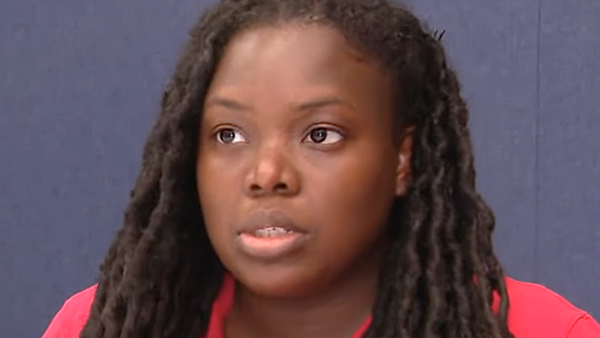
New Delhi: Pakistan beat India in the women’s T20 World Cup match in New Delhi on Saturday. When Pakistan was at 77/6, the match stopped because of heavy rain. Going by the Ducksworth Lewis method, the Pakistan team were declared victors.
The match, however, was not as much about winning and losing, as it was about breaking stereotypes. From the time it started, to the end, the passion among the audience was palpable. In a country where cricket is male dominated, the excitement was refreshing and an apparent sign of change. Women sportspersons can finally be treated like any other sportsperson in the country—at least that’s how it felt like inside the stadium.
The Feroz Shah Kotla stadium which has a capacity of around 40,000 people, was half empty, but two stands were almost full, which is quite something.
Despite India’s devotion for cricket, the country has had a spotty record when it comes to the women in the sport, or in that case in any other sport.
On 15 March last year, at the Major Dhyan Chand National Stadium in New Delhi, India women hockey team beat Poland 3-1 in the final of the World Hockey League Round 2. They thus qualified for the World Hockey League semi-finals and eventually, the Olympics, so this was a crucial match. Tickets for that match were priced at Rs.20 for the general stands, and Rs.100 for the VIP section. At 8pm, when the match began, the stadium was more or less empty.
Being India vs Pakistan, Saturday’s match had a certain interest element to it. Till date, the two countries have featured in only six T20 games, with India winning five of them. The last time India played Pakistan in a T20 game was at the 2014 World Cup, in which India won by six runs. The match was historic also because it is the first India-Pakistan women’s match where players on both sides are in possession of central contracts.
In Saturday’s match, obviously, the head count was nothing close to what it is for the men’s matches. But as Pakistan women cricket captain Sana Amir (as quoted in The Indian Express), said, “I will never like to compare women’s cricket with men’s cricket. We need to be patient with women’s cricket. It is growing and that is a wonderful sign, but at this point, it is a little premature to compare the two.”
A group is always a mix of people with different interests. In Saturday’s match, some in the audience were family and friends of the cricketers, some were women giving a political statement about women empowerment, others were there for the game.
“For years, the women’s game has been dogged by the myth that the reason it is ignored by the media and the public is because it is just not very interesting to watch. It is an argument still trotted out at every opportunity, used to justify both the widespread ignorance of cricket journalists when it comes to women’s cricket, and, behind the scenes, a lack of investment at all levels of the sport,” writes Raf Nicholson in an Espncricinfo article.
According to the article, back during Belinda Clark’s first World Cup as Australian captain, in India in 1997, media coverage still centred around the sexual attractiveness of female players. Pete Davies’ book on the tournament contains a telling anecdote concerning a conversation he had with the England squad during the tournament: Someone asked how long the book would be. Reply, theoretically 200 pages but has twice as much already. “And who’ll buy a book about women’s cricket that’s 800 pages long?” “They’ll buy it if the laundry doesn’t come back. Cause then you can have pictures in it of them playing in their underwear.”
Saturday was different. In the stadium, men with banners were cheering for the women on the field. Slogans like Chak De India, Jeetay ga bai jeetay ga, reverberated in the stadium, just like it does for any other match.
Social networking sites which are drivers of interest among public, were also buzzing with posts and tweets about the match. Even though there is a long way to go to fill the gender gap in sports, the country has started taking tiny steps.
Noteworthy is the recent advertising campaign by the Board of Control for Cricket in India featuring women cricketers with their male counterparts, with both receiving equal importance. Also, the Indian women’s recent Twenty20 series win against Australia in Australia was broadcast live, a first in many respects. Thirteen out of the 22 matches in the women’s World Twenty20 will also be broadcast to television audiences, according to a Scroll article.







